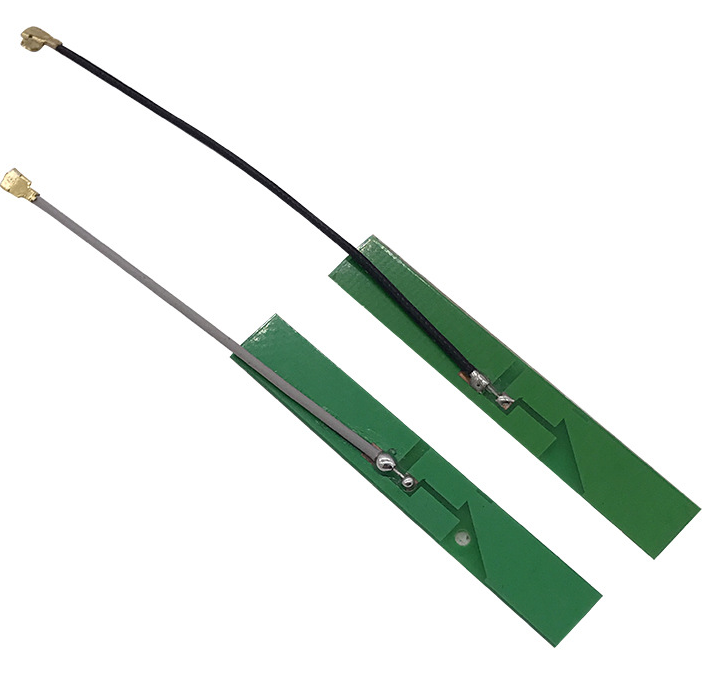How to choose a PCB antenna
Selecting the Right PCB Antenna
PCB antennas are commonly used in wireless communication devices such as routers, smartphones, and other IoT devices. Choosing the right antenna is a crucial step in designing a successful wireless system. The following guide will help you understand the key factors to consider when selecting a PCB antenna.

Frequency
The frequency of the antenna is critical since it directly impacts the antenna’s overall size and radiation pattern. Therefore, it is important to choose an antenna that resonates at the frequency band of the application. For example, in the case of a 2.4 GHz Wi-Fi router, it is recommended to select an antenna that resonates at 2.4 GHz.
Antenna Gain
Antenna gain is a measure of the amount of power radiated by the antenna in a particular direction as compared to an isotropic radiator. It is typically measured in dBi. Higher antenna gain provides better signal transmission and reception. However, a high-gain antenna can also cause interference with other wireless devices. Therefore, it is essential to select an antenna that balances performance with interference considerations.
Antenna Layout
The antenna layout is also an important factor to consider when selecting a PCB antenna. The layout should be optimized to achieve the highest performance possible while minimizing interference with other components. The antenna should be placed as close as possible to other circuit elements to reduce noise and to ensure it has a sufficient ground plane.
Size
The size of the antenna is also an important factor to consider when selecting a PCB antenna. The size of the antenna directly affects the radiation pattern, efficiency, and bandwidth. To achieve optimal performance, the antenna size should be optimized relative to the frequency range of the application.
Radiation Pattern
The radiation pattern of the antenna is another critical factor to consider when selecting a PCB antenna. The radiation pattern is the directional distribution of energy radiated from the antenna. The radiation pattern should be optimized to achieve the desired coverage area or range for the application.
Environment and Use Case
Another important factor to consider when selecting a PCB antenna is the environment and use case. The antenna needs to be designed for the application’s specific use case, taking into account the size, frequency, and radiation pattern requirements. Additionally, the antenna’s performance should be tested in the actual environment and use case to ensure optimal performance.
Conclusion
Selecting the right PCB antenna is crucial to achieving optimal wireless performance while minimizing interference with other components. The key factors to consider when selecting a PCB antenna include frequency, antenna gain, antenna layout, size, radiation pattern, and environment/use case. By taking these factors into account, you can ensure that your wireless system is optimized for performance and reliability.





